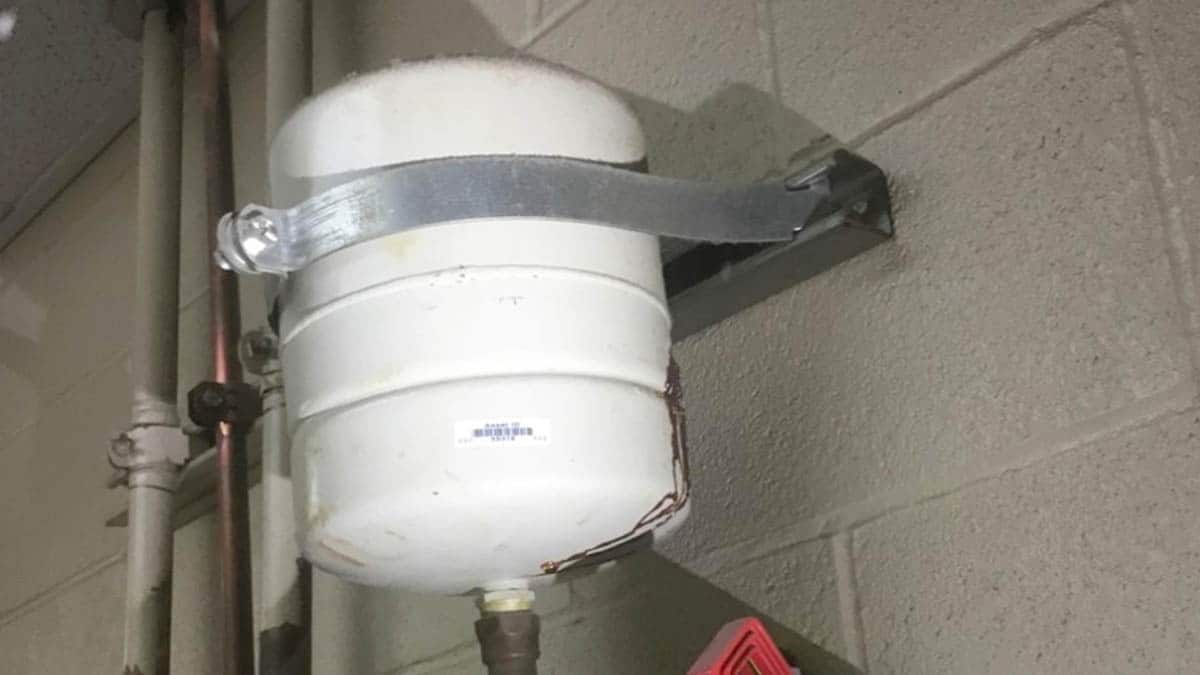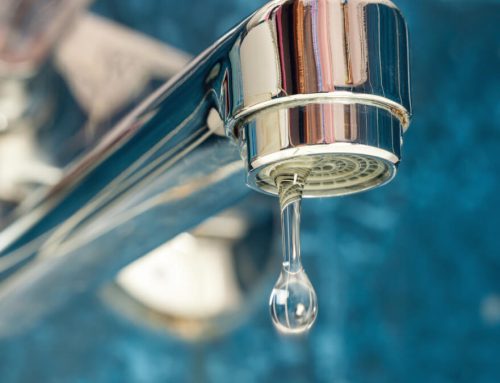
Basics of Thermal Expansion Tanks for Water Heaters
A typical water heater has a tank to hold the water during the heating process and keep it at the ready once it’s been heated. However, most water heaters also need a secondary tank called a thermal expansion tank. This is a smaller tank that typically sits above the water heater and holds both water and air.
Here are the basics you need to know about these thermal expansion tanks.
How Thermal Expansion Tanks Work
As you can determine from the name, a thermal expansion tank is needed to allow hot water to expand as it heats up without damaging the interior of the plumbing system. While a metal expansion tank itself doesn’t expand, it can still allow for water expansion by using air pressure.
The expansion tank is connected to the cold water line, since water tends to expand back up the line from the water heater, and it contains an air compartment. Air pressurizes more easily than water, so when excess water needs somewhere to go, it pushes into the expansion tank and against the stretchy diaphragm. The air in the tank compresses to make room for water.
How to Know If You Need a Thermal Expansion Tank
You may need an expansion tank added to your plumbing system after the fact when you notice that water is reaching too-high pressures inside the system. Some signs that you could have too much water pressure in the system include:
- Your water heater’s temperature-pressure valve leaks even when it’s not faulty
- You tend to get leaks at or around your plumbing fixtures and appliances
- Your water pressure is too high at faucets (or water sprays out irregularly)
Some high water pressure problems can also have other causes. Your plumber can help you determine whether you need an expansion tank, a water pressure reducing valve, or some other solution.
What Maintenance and Care Thermal Expansion Tanks Need
Regular plumbing maintenance is a normal need for plumbing components such as your water heater, and the thermal expansion tank is no exception. While its needs are few, the tank should be inspected by a professional plumber on a regular basis and anytime you suspect it’s not working properly.
The plumber can check to ensure that the air and water inside the tank are still properly separated. Without this separation, the tank would simply fill up with water and not allow any further compression and may need to be recharged. The plumber can also check the internal pressure of the tank to ensure it’s within the correct parameters.
Why You Might Need an Expansion Tank Now
You may wonder why you’ve just started noticing the symptoms of excess water pressure and why you didn’t need an expansion tank before. One answer is that while expansion tanks are typically needed for closed plumbing systems, yours may not originally have been a closed system.
The difference between an open and closed plumbing system is whether or not cold water can back up into the waterline. If you’ve recently had a backflow preventer or a check valve installed on your main water line, the water won’t be able to flow backward to relieve excess pressure, instead forming a closed system that needs an expansion tank.
How to Size Your Thermal Expansion Tank
Different sizes of expansion tanks can handle different sizes of water heaters. For instance, a 120-gallon water heater will need a much larger expansion tank than a 40-gallon heater. When in doubt, choose a larger size of expansion tank.
Keep in mind that your expansion tank needs to be large enough to serve your entire plumbing system. So if you have multiple water heaters, you’ll need a larger expansion tank. If you’re not confident about which tank to choose, your plumber can help you calculate the best size to install.
These basics can help you navigate through installing and maintaining your thermal installation tank. For more information about water heaters and thermal expansion tank services, get in touch with Moon Valley Plumbing today.

